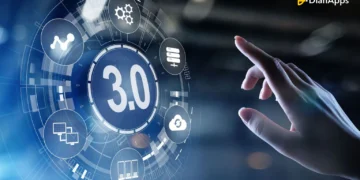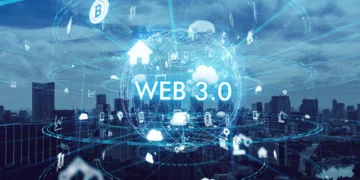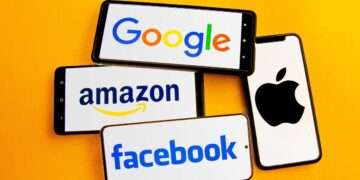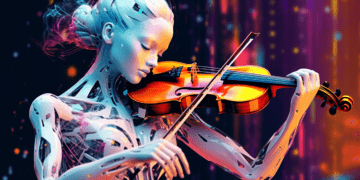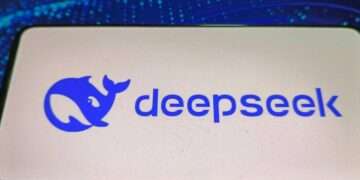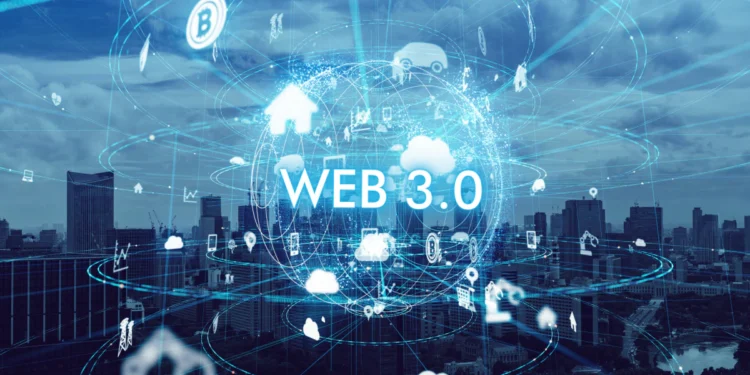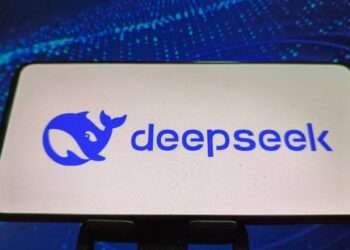In an era where the digital landscape is continuously evolving, the term “Web 3.0” has transcended beyond a mere buzzword to represent the dawn of a new and decentralized internet. As a digital enthusiast, I‘ve witnessed the transformative potential of Web 3.0, a paradigm shift driving the future of the internet. This new iteration promises an internet that’s more autonomous, intelligent, and user-centric. It’s not just about connecting people; it’s about enhancing the very fabric of digital interaction, where users regain control of their data through blockchain and decentralized technologies.
Recent statistics suggest a staggering increase in blockchain wallet users, with millions embracing decentralized platforms. Such adoption indicates a significant shift towards a decentralized future, where Web 3.0 is not just a concept but a reality shaping our digital interactions. As we delve deeper, let’s explore how the true potential of Web 3.0 is revolutionizing our online experiences and why it’s imperative to understand its impact.
The Genesis of Web 3.0: Beyond the Hype
As we embark on a journey to truly understand the potential of Web 3.0, it’s essential to recognize its origins and how it has evolved from a mere buzzword to a transformative force reshaping our digital world. This new era, often referred to as the semantic web or the decentralized web, marks a significant shift from the user-generated content and social interactivity that characterized Web 2.0. At its core, Web 3.0 represents a more autonomous and intelligent internet, one where data is interconnected in a decentralized manner, and applications serve users in unprecedented ways.
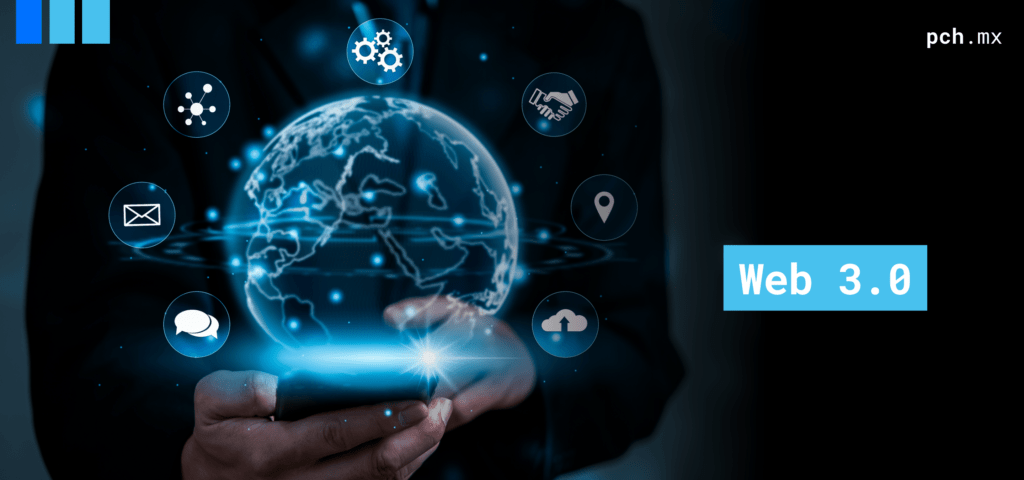
What is Web 3.0? Defining the New Internet Era
Web 3.0 is not just an upgrade; it’s a revolution. It introduces a world where machines understand data contextually and conceptually, facilitating interactions that are more nuanced and personalized than ever before. This era leverages technologies like blockchain, artificial intelligence, and the Internet of Things (IoT) to create a seamless, integrated internet experience. The promise of Web 3.0 lies in its ability to deliver a more connected, intelligent, and open web.
From Buzzword to Reality: The Evolutionary Journey
The transition from buzzword to reality hasn’t been overnight. It’s a journey marked by gradual but impactful advancements. Early internet (Web 1.0) was about connecting information, Web 2.0 about connecting people, and now, Web 3.0 is about connecting data in a way that is user-centric and privacy-preserving. As we explore the nuances of this evolutionary journey, it’s essential to acknowledge the pioneers and visionaries who have turned the Web 3.0 concept into a tangible reality that’s set to redefine our digital interactions.
The Cornerstones of Web 3.0: Decentralization and Blockchain
As we delve deeper into the realm of Web 3.0, two fundamental concepts emerge as its cornerstones: decentralization and blockchain. These are not just technological advancements; they are revolutionary ideas that challenge the very fabric of how the internet has been operated and governed. Decentralization promises to distribute power away from centralized authorities and into the hands of individual users, while blockchain technology offers a robust and transparent way to realize this vision.
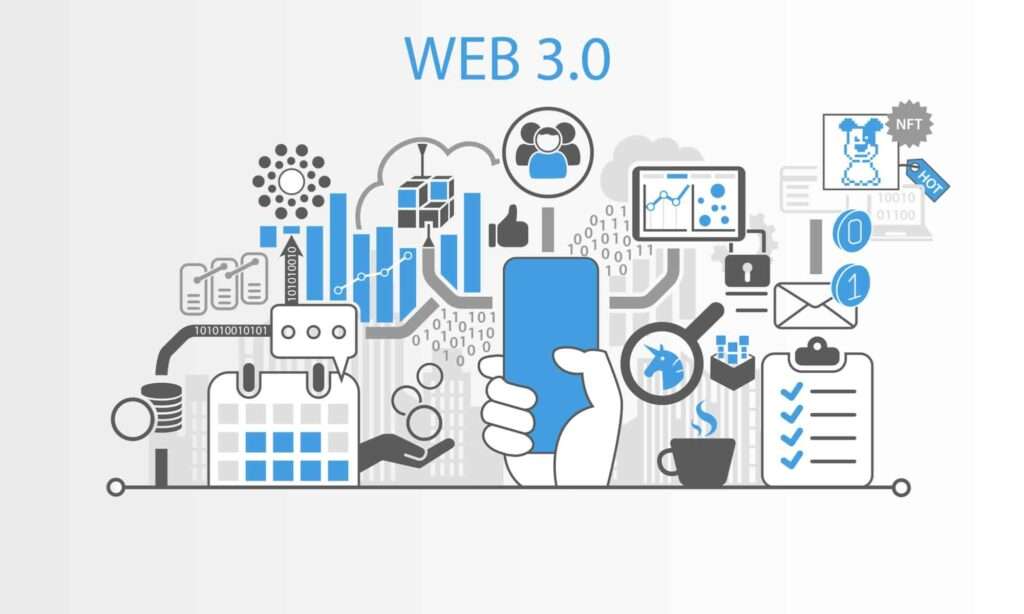
Decentralization: Power Back to the People
Decentralization is at the heart of the Web 3.0 movement, championing a more democratic and user-empowered internet. This paradigm shift aims to give users control over their data, interactions, and digital identities, mitigating the risks associated with centralized data control. Decentralization isn’t just a technical feature; it’s a philosophical shift towards a more equitable online world. It’s about taking the power back from tech giants and returning it to the people, enabling more privacy, security, and freedom in the digital realm.
Blockchain: The Backbone of a New Internet
Blockchain is the technological backbone that makes decentralization possible in Web 3.0. It’s a distributed ledger technology that allows data to be stored across a network of computers, making it transparent, secure, and resistant to tampering. Blockchain’s implications for Web 3.0 are profound, offering a way to create a more trustworthy internet where transactions are secure, and intermediaries are often unnecessary. By integrating blockchain technology, Web 3.0 can provide a platform for truly decentralized applications, opening up endless possibilities for innovation and new forms of online interaction.
The Impact of Web 3.0 on Digital Interaction
The advent of Web 3.0 is not merely a technological leap; it’s a redefinition of digital interaction as we know it. This new internet era is poised to transform how we engage with the online world, from the way we share and store information to how we participate in digital economies. The implications are vast and varied, affecting everything from individual privacy to the global marketplace. As we delve into the specifics, it’s clear that Web 3.0’s impact is both profound and pervasive.
Transforming Data Ownership and Privacy
One of the most significant shifts Web 3.0 brings is in data ownership and privacy. In the Web 2.0 world, large corporations often control user data, leading to concerns over privacy and misuse. Web 3.0 turns this model on its head, offering a more user-centric approach where individuals have sovereignty over their own data. Through technologies like blockchain and decentralized networks, users can control who accesses their information and how it’s used. This transformation isn’t just about protecting privacy; it’s about empowering users and fostering a more transparent and trustworthy digital environment.
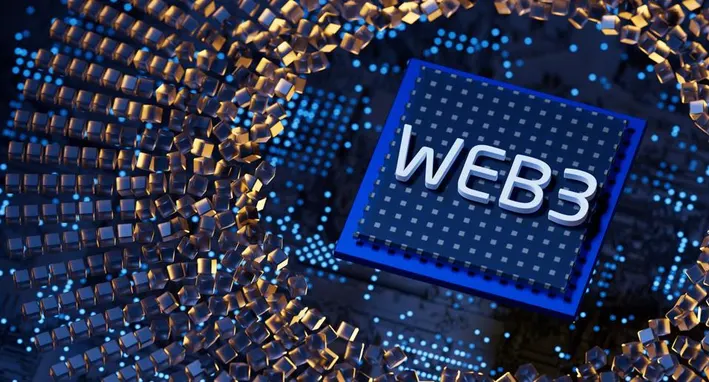
The Rise of Decentralized Applications (DApps)
Another area where Web 3.0 is making waves is in the rise of decentralized applications (DApps). These applications run on a peer-to-peer network, rather than being hosted on centralized servers. They offer a new level of autonomy, resilience, and transparency, paving the way for innovative services and platforms. From finance to social media, DApps are reimagining the online landscape, providing users with alternatives that are more aligned with the ideals of Web 3.0. As DApps continue to evolve, they promise to be a key driver in the shift towards a more decentralized and user-empowered internet.
Exploring the Technologies Behind Web 3.0
The transformative potential of Web 3.0 is underpinned by a suite of advanced technologies, each contributing to the robust and dynamic nature of this new internet era. From the semantic web to artificial intelligence, these technologies are not just supporting pillars but also catalysts for unprecedented change. As we dissect these technological marvels, it becomes clear that they are not standalone elements but part of an intricate web that defines and propels Web 3.0.
Semantic Web: Making the Internet Understandable
The Semantic Web is a critical component of Web 3.0, designed to make the internet more understandable and usable by machines. By structuring data in a way that computers can interpret, the Semantic Web enables more sophisticated and contextually aware interactions. This technology doesn’t just enhance the user experience; it creates a more intelligent and responsive internet. As we move towards a more interconnected world, the Semantic Web is pivotal in realizing the vision of a web that understands and meets the complex needs of users.
AI and IoT: Enhancing Connectivity and Intelligence
Artificial Intelligence (AI) and the Internet of Things (IoT) are two other technological powerhouses driving the evolution of Web 3.0. AI brings an unprecedented level of intelligence to the web, enabling systems that can learn, adapt, and make decisions. When combined with IoT, which extends internet connectivity to everyday objects, the result is a highly integrated and intelligent network. This synergy not only enhances the functionality and efficiency of web services but also fosters a more seamless and immersive user experience. As these technologies continue to advance, they will further enrich the Web 3.0 landscape, making it more adaptive, intuitive, and interconnected.
The Challenges and Controversies of Web 3.0
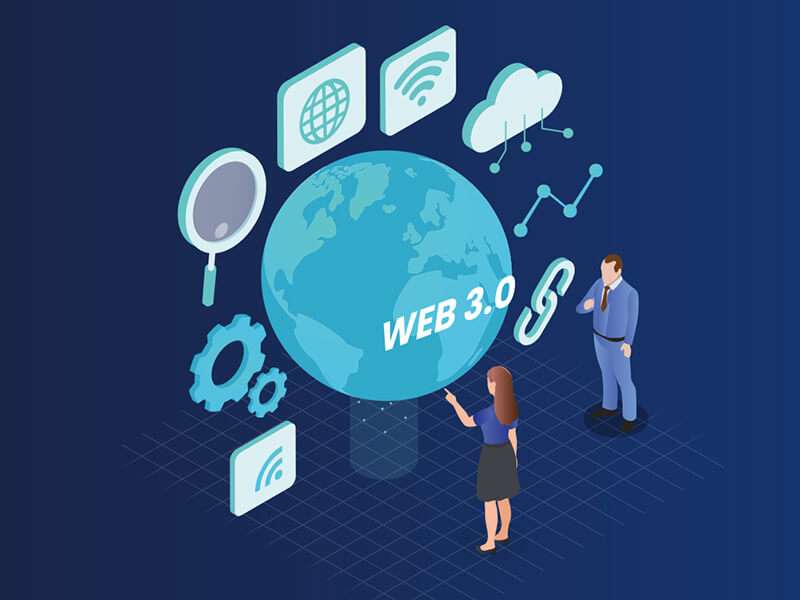
While the vision of Web 3.0 promises a more decentralized and empowered digital world, it’s not without its challenges and controversies. From technical hurdles to ethical debates, the path to a fully realized Web 3.0 is fraught with obstacles that need careful navigation. As we delve into these critical issues, it’s important to address them not as deterrents but as opportunities for growth and improvement. Understanding these challenges is key to fostering a Web 3.0 that is not only technologically advanced but also socially responsible and inclusive.
Navigating the Scalability and Security Concerns
One of the most pressing challenges facing Web 3.0 is ensuring scalability and security. As decentralized networks grow, they must be able to handle increasing amounts of data and transactions without compromising performance or security. Scalability issues can lead to slow transaction times and higher costs, while security vulnerabilities can undermine trust in the system. Addressing these concerns is crucial for the widespread adoption and success of Web 3.0. Innovations in blockchain technology and consensus mechanisms are continually being developed to tackle these issues, but the journey is an ongoing one, requiring constant vigilance and adaptation.
Addressing the Skepticism: Is Web 3.0 Overhyped?
Amidst the excitement surrounding Web 3.0, there’s a growing chorus of skeptics who question whether it’s all just hype. Critics argue that the promises of decentralization and empowerment are overstated and that the technical and societal barriers are too significant to overcome. Moreover, there are concerns about the potential for new forms of centralization and control to emerge within the decentralized landscape. Engaging with these criticisms is essential for a balanced understanding of Web 3.0. It’s important to critically examine the potential and limitations of this new era, acknowledging the complexities and working diligently to address them. Only through open dialogue and continuous evaluation can we ensure that Web 3.0 lives up to its potential and delivers a truly transformative impact.
Real-world Applications and Case Studies of Web 3.0
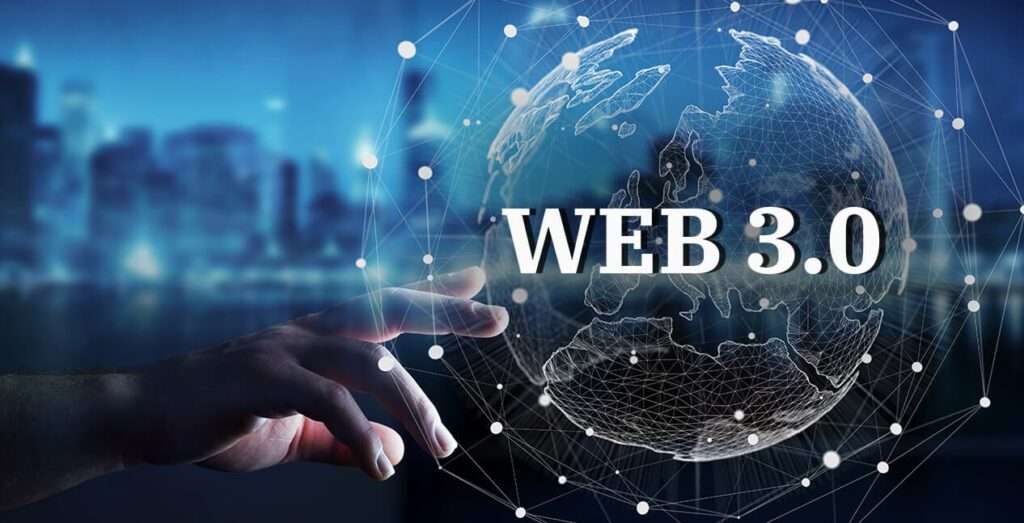
The theoretical potential of Web 3.0 is compelling, but it’s the real-world applications and case studies that truly showcase its transformative power. Across various sectors, from finance to social media, pioneering projects are demonstrating how Web 3.0 technologies can solve real problems and create new opportunities. These instances not only validate the capabilities of Web 3.0 but also provide valuable insights into its practical implications and future directions. By examining these applications and case studies, we can move beyond abstract concepts to a tangible understanding of how Web 3.0 is reshaping our digital and physical worlds.
Success Stories: How Web 3.0 is Making an Impact
Numerous success stories highlight the impact of Web 3.0 across different industries. For instance, in the financial sector, decentralized finance (DeFi) platforms are revolutionizing how people borrow, lend, and trade assets, offering more accessible and inclusive financial services. In the realm of content creation, platforms leveraging Web 3.0 principles are empowering creators by providing better control over their work and fairer revenue models. These success stories not only illustrate the practical benefits of Web 3.0 technologies but also inspire further innovation and adoption.
Future Visions: The Untapped Potential of Web 3.0
While many applications of Web 3.0 are already in use, the future holds even greater possibilities. Visionaries and innovators are exploring how Web 3.0 can address complex challenges and unlock new opportunities. For example, integrating Web 3.0 with emerging technologies like artificial intelligence and the Internet of Things could lead to smarter, more responsive environments, transforming everything from urban planning to healthcare. These future visions not only serve as a source of inspiration but also as a call to action for developers, entrepreneurs, and users to participate in shaping the next generation of the internet.
The Future of the Internet: Embracing Web 3.0
As we stand on the brink of a new digital era, the potential of Web 3.0 unfolds before us, promising a future where the internet is more decentralized, secure, and user-centric. This isn’t just a technological revolution; it’s a societal shift, redefining how we interact, transact, and live our digital lives. The journey into this new era isn’t just about adopting new technologies; it’s about embracing a new philosophy of the internet, one that values autonomy, innovation, and collective growth.
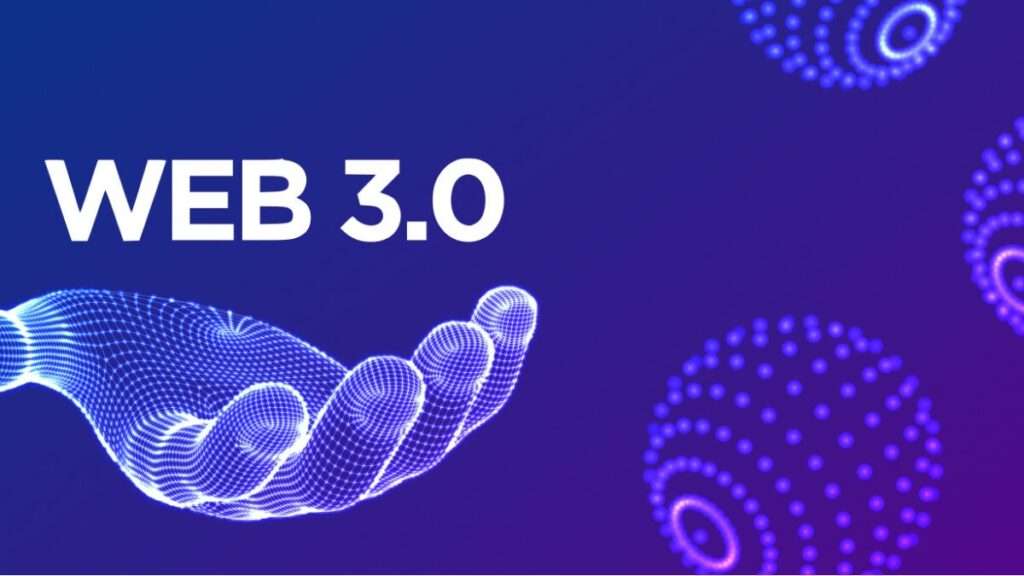
Preparing for a Decentralized Web: What’s Next?
The path forward involves preparing for a decentralized web, where the power dynamics shift from centralized entities to the individual user. It’s about understanding and leveraging the potential of blockchain, AI, and other Web 3.0 technologies to create a more equitable online world. As we look ahead, the question isn’t just about what’s next for Web 3.0, but how we, as a society, can actively participate in shaping this future.
The Role of Society and Regulation in Shaping Web 3.0
The evolution of the internet is not just a technical challenge; it’s a societal one. The role of society and regulation in shaping Web 3.0 is crucial. As we navigate this new landscape, fostering an environment that encourages innovation while protecting users will be key. It’s about creating a balanced ecosystem where technology thrives, and society benefits.
As we conclude this exploration of Web 3.0, remember that the future of the internet is not a distant dream but a tangible reality unfolding today. The potential of Web 3.0 is immense, but realizing it requires the collective effort of developers, users, and policymakers. So, as you close this page, don’t just move on; consider how you can be part of this exciting journey. And for more insights and explorations into the digital future, continue reading our blogs, where we unravel the complexities of technology and innovation one post at a time. Embrace the future, embrace Web 3.0.
Consider reading best of our articles:
- 🌐 For insights into the future of technology, don’t miss our deep dive into Werner Vogels’ Tech Predictions for 2023.
- 💧 Explore the intersection of health and innovation in The Power of Water: Harnessing its Benefits for Optimal Human Health.
- ⚽ For sports enthusiasts, stay ahead with Premier League transfer news featuring Cristiano Ronaldo and top clubs.
- ⚓️ Dive into the world of coding with Command Line: Mastering Bash Scripting for Linux Beginners.
- 🌐 Curious about next-gen gaming consoles? Find out in When Does The PS6 Come Out? Beyond The Powerful PS5.








